[This week GOOD Sports will be commemorating the 45th anniversary of Title IX.]
On June 23, 1972, President Richard Nixon signed into place 37 words that would inevitably change the future of girls in sports:
“No person in the United States shall, on the basis of sex, be excluded from participation in, be denied the benefits of, or be subjected to discrimination under any education program or activity receiving Federal financial assistance.”
This legislation effectively opened the door for girls to have equal access to sports in their schools. In 1971, only 310,000 girls and women in the U.S. participated in high and college sports, compared with the 3.5 million girls and women who play sports today.
Despite Title IX’s success, there are still fewer girls playing sports compared with boys. By the time girls turn 14 years old, they are twice as likely to drop out of playing sports for a variety of reasons, according to the Women’s Sports Foundation. Lack of access plays a significant part. WSF, founded by tennis legend Billie Jean King in 1974, estimates that girls have 1.3 million fewer opportunities to play high school sports than boys have.
To help fight that gap, several sports organizations over the years have been founded to help engage girls in athletics who otherwise would have never played or who would have quit playing.
Dr. Kimberly Clay, founder of Play Like a Girl, grew up after Title IX was enacted. Regardless, sports were not an option for her to play in her small town of rural Mississippi.
“Early in my life, I struggled with my weight. I was physically active in the sense of normal childhood activities like climbing trees and running around outside but didn’t have equal opportunity compared to my brothers to participate in sports,” Clay recalled.
“Being a high achiever in other areas, I never really processed that I didn’t play sports in high school or middle school.”
It was during college that she started working in health communication, leading her to earn a doctorate in health education. As someone who was a high achiever though, Clay neglected her health and said her weight began to get out of control.
She married, had a baby, and moved to Birmingham with her husband, who was in residency. In a new town without family or friends and struggling with postpartum, Clay rounded up a group of women who were all students in doctoral programs.
What started as a social support group turned into recognizing that each of the women had a special set of skills in the field of public health, and Play Like a Girl was born in 2004.
Now headquartered in Nashville, Tennessee, Play Like a Girl offers programs throughout the nation that encourage girls to get off the sidelines through after-school programs and Pop-Up Play Days, incorporating sports clinics, fitness classes, and old-school classics like double Dutch, hopscotch, and hula hooping. Participation in any of the programs is completely free.
Clay is not alone in her efforts: Girls on the Run, the LPGA-USGA Girls Golf Foundation, Girls Inc., and Wrestle Like a Girl are just some of the organizations providing free or low-cost access to sports for girls. Each of these organizations were founded after Title IX because it was clear that despite the law’s good intentions, enforcing every single school to meet the guidelines of equal access was an impossible task. Better yet, these groups also focused on bringing sports programs to schools with low budgets.
Deborah Antoine, CEO of the Women’s Sports Foundation, thinks organizations like Clay’s are essential in the growth and retainment of girls in sports. “It is imperative, quite frankly,” she said, “because over the years the foundation and others have done research that show the significant benefits of boosting education, of improving health, and teaching leadership skills that girls especially get when they play sports.”
Antoine says it is even more significant that girls see that people care enough to invest in them: “To spend that time and energy and to give them attention and give them the training they need is key. We have an expression, ‘You can be what you can see.’ So when girls see other girls participating, then they want to.”
It is also important to foster an environment where sports are fun. A study from the Journal of Physical Activity and Health found that the #1 reason kids like to play sports is because they are fun. The findings concluded that “winning” is the 48th reason why kids enjoy playing sports, and that good coaching, working hard, and fostering relationships with teammates contributed to the overall joy of participating.
Other benefits of playing sports include building confidence and resiliency. Emma Kammann, 16, has participated in the LPGA-USGA Girls Golf program for the last two years. Girls Golf, established in 1989 in Phoenix, Arizona, by LPGA teaching professiona Sandy LaBauve, now has over more than 400 program sites at golf courses across the U.S. and 60,000 participants between ages 5-18. The program offers low sign-up costs, around $5-$25 depending on site location, and provides equipment to participants.
Kammann says that being part of Girls Golf has allowed to her step outside of her comfort zone. “When I first started playing golf in middle school, I was hesitant to play my first match because I wasn't that great at golf and struggled with it,” she said. “As soon as I started to play in my first match, I realized that all of the other girls I was playing with were in the same boat as me: struggling. This made me realize that no matter how difficult something may be, I should always put myself out there.”
These organizations also provide a safe place that otherwise might not exist for girls in their schools, where a majority of coaches and P.E. teachers are male. Antoine believes that having a woman as a coach can help create a safe place for many of these girls, who are going through changes with their bodies and might need someone they feel comfortable talking with.
Studies show that more than 70% of girls ages 11 to 18 experience discomfort concerning their breasts while exercising and playing sports, leading them to stop playing. Girls sports organizations provide someone to talk to who can provide guidance on how to deal with the changes happening in their bodies and who can also encourage them to continue playing.
Sally Roberts, a two-time world bronze medalist and four-time national champion, founded Wrestle Like a Girl, which hosts two-day clinics to expose girls 12-18 to wrestling for just $100. She recruited Olympic athlete and three-time world champion wrestler Adeline Gray to help guide some workshops with the foundation so the girls have the opportunity to learn from some of the best in the world.
Gray took her first wrestling class when she was 6 years old and fell in love with it. But for the majority of her career, Gray wrestled against boys and was initially turned down from joining her middle school's wrestling team in Colorado. When the family protested, the principal eventually allowed her to join the team.
While Gray did not know other many other girls who wrestled, it didn’t stop her from pursuing what she loved. However, she believes that organizations that like Wrestle Like A Girl are important to keep girls engaged and to provide exposure to a sport they otherwise may have never considered playing.
“I did not have an organization like the one Sally started growing up. It’s been truly inspiring after my hard loss at the Olympics to come back into the wrestling world through this organization. It’s been really fun and brought me back to that notion that, hey, we’re doing this for reasons that are beyond winning and losing. It’s about building those characters on a base level, and it’s about enjoying sport.”
While Clay reflected on how times have changed and how more girls find a love in sport once they’re exposed to it, she cannot overlook the significance her organization and others have in fostering that love. “In the interim,” she said, “we capture these girls’ attention and really have an opportunity to make an impression on them in a positive way.”
















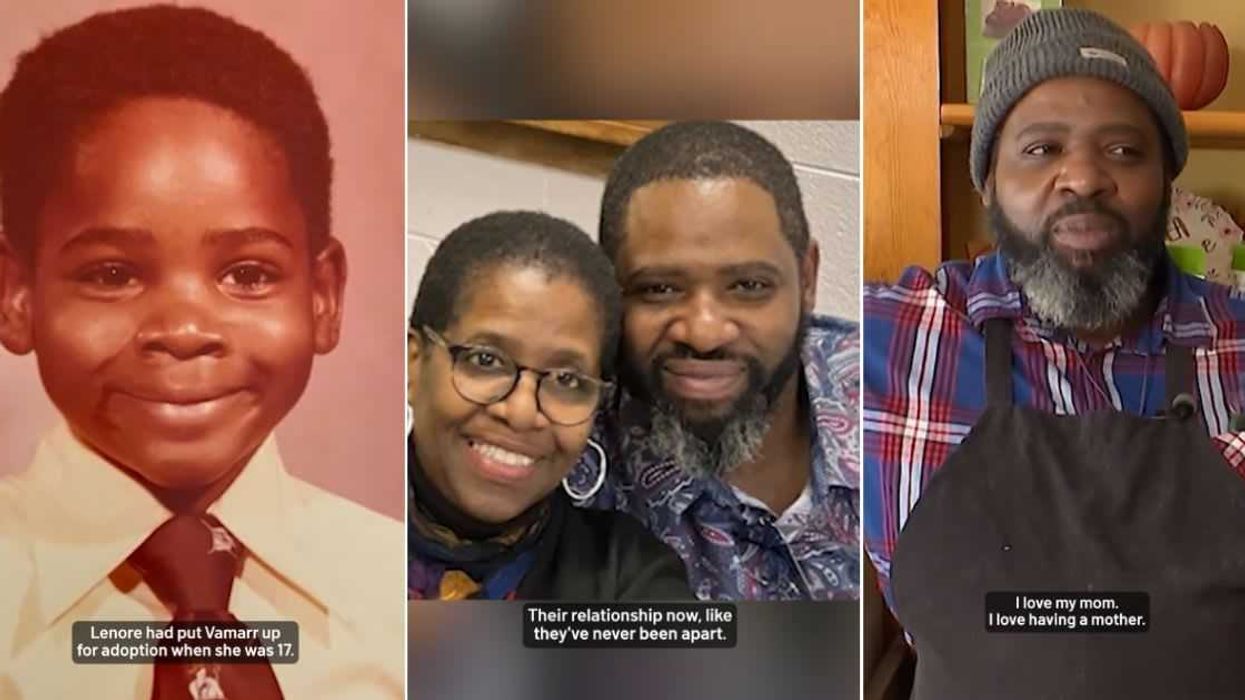
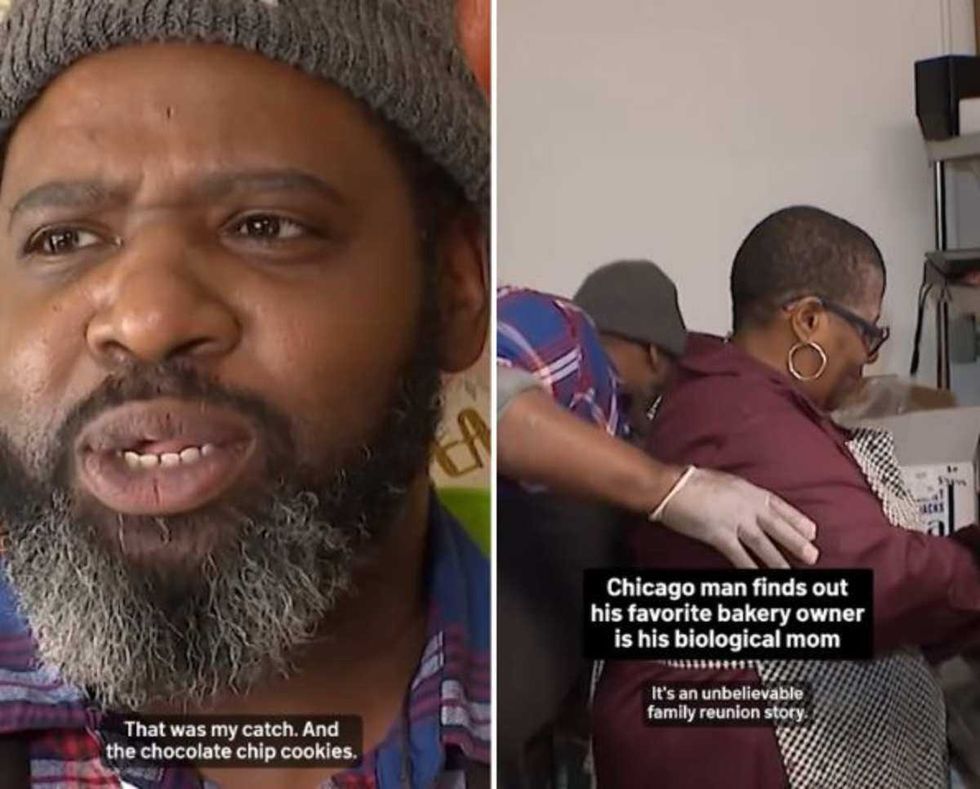 Screenshots of the man talking to the camera and with his momTikTok |
Screenshots of the man talking to the camera and with his momTikTok |  Screenshots of the bakery Image Source: TikTok |
Screenshots of the bakery Image Source: TikTok | 
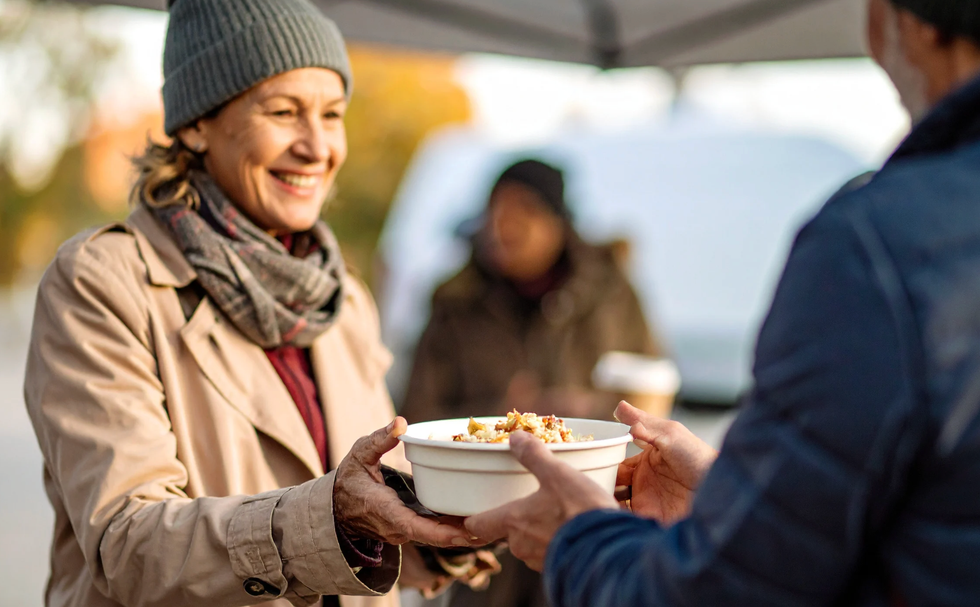 A woman hands out food to a homeless personCanva
A woman hands out food to a homeless personCanva A female artist in her studioCanva
A female artist in her studioCanva A woman smiling in front of her computerCanva
A woman smiling in front of her computerCanva 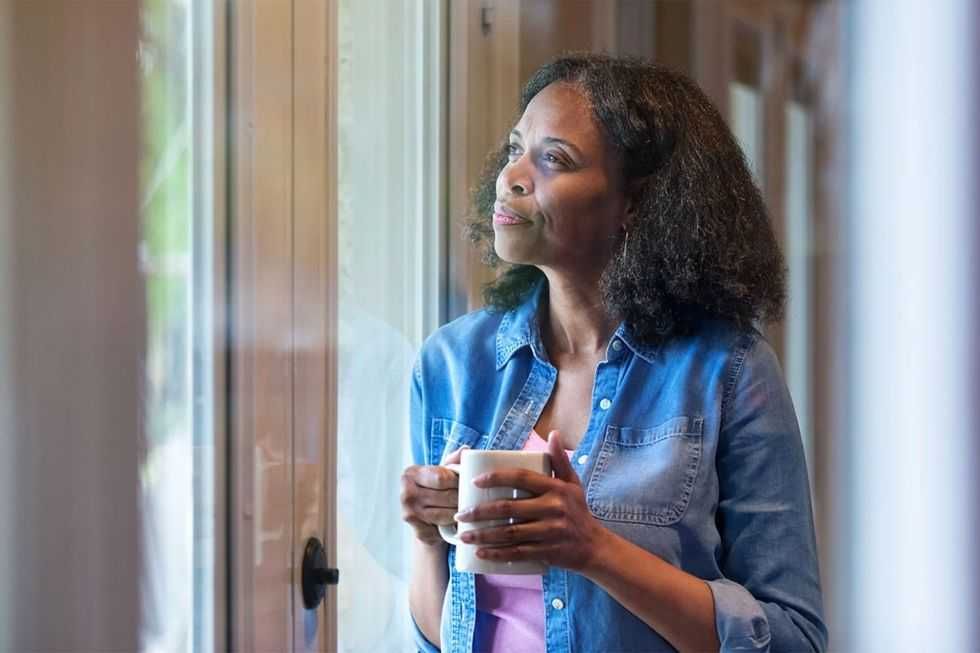 A woman holds a cup of coffee while looking outside her windowCanva
A woman holds a cup of coffee while looking outside her windowCanva 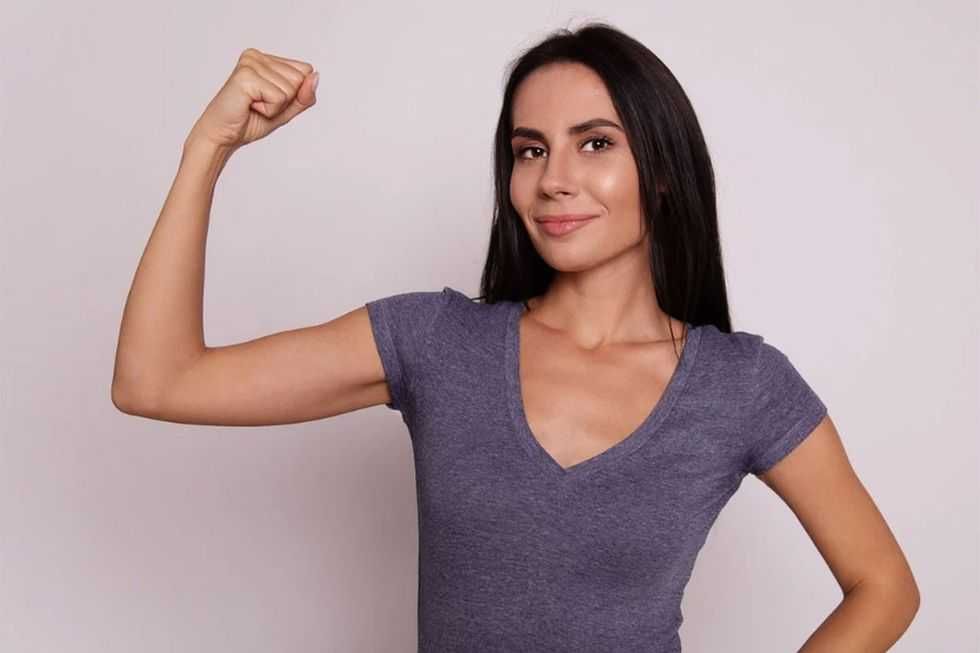 A woman flexes her bicepCanva
A woman flexes her bicepCanva  A woman cooking in her kitchenCanva
A woman cooking in her kitchenCanva 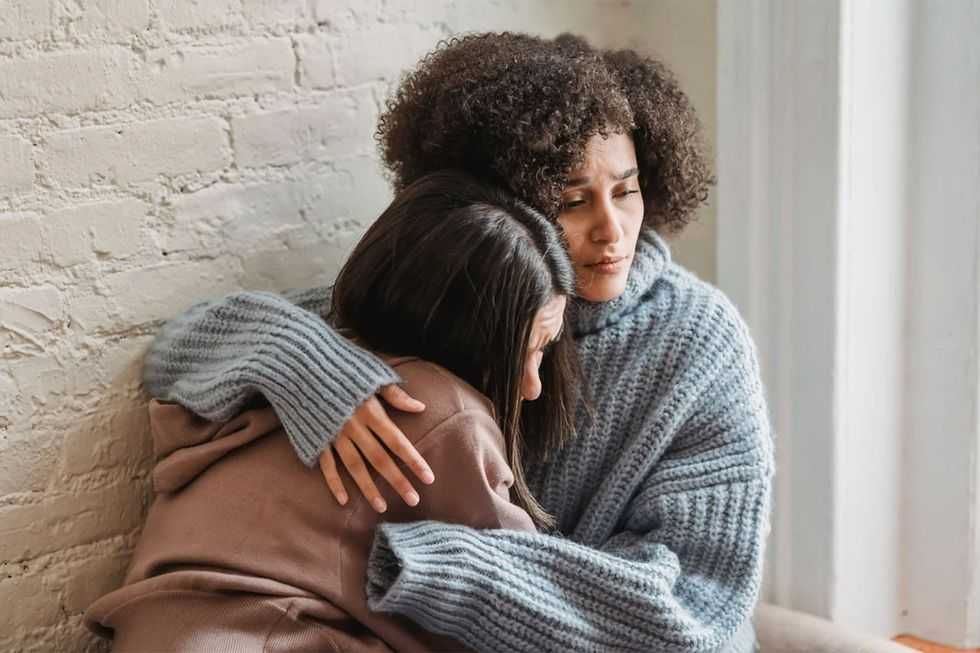 Two women console each otherCanva
Two women console each otherCanva 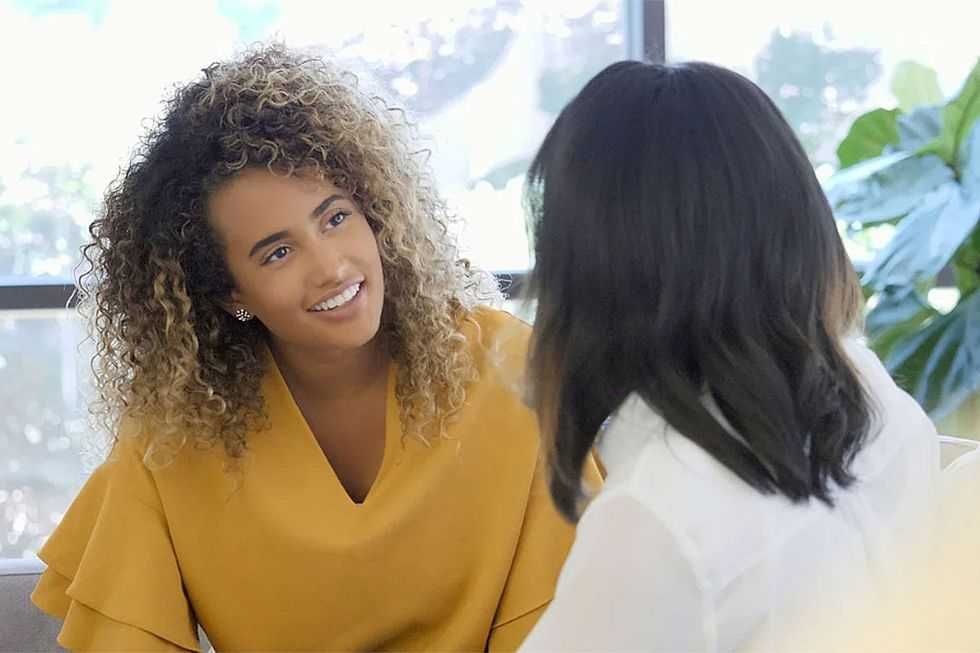 Two women talking to each otherCanva
Two women talking to each otherCanva 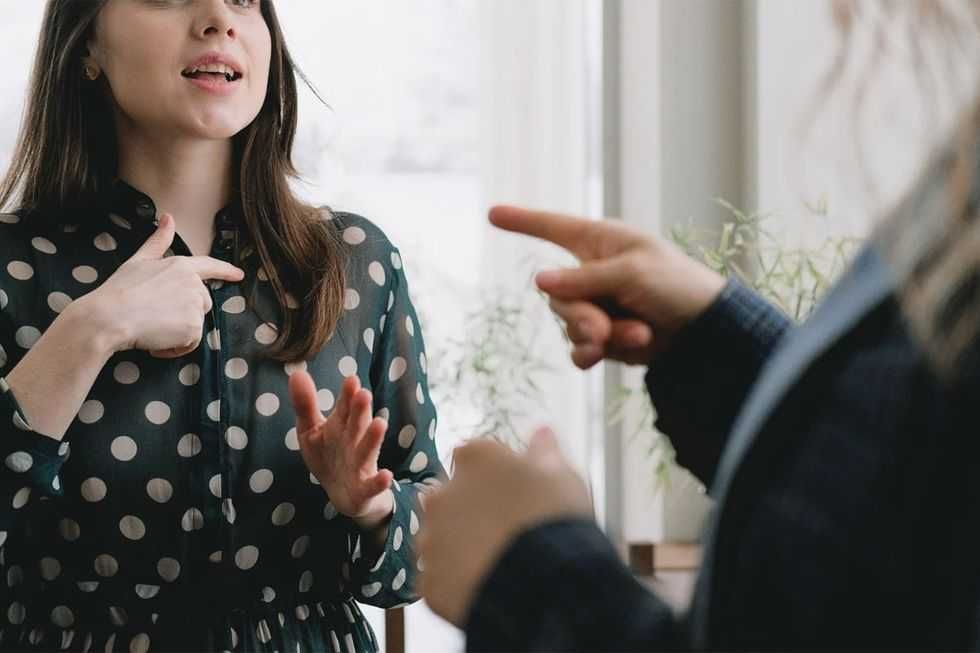 Two people having a lively conversationCanva
Two people having a lively conversationCanva 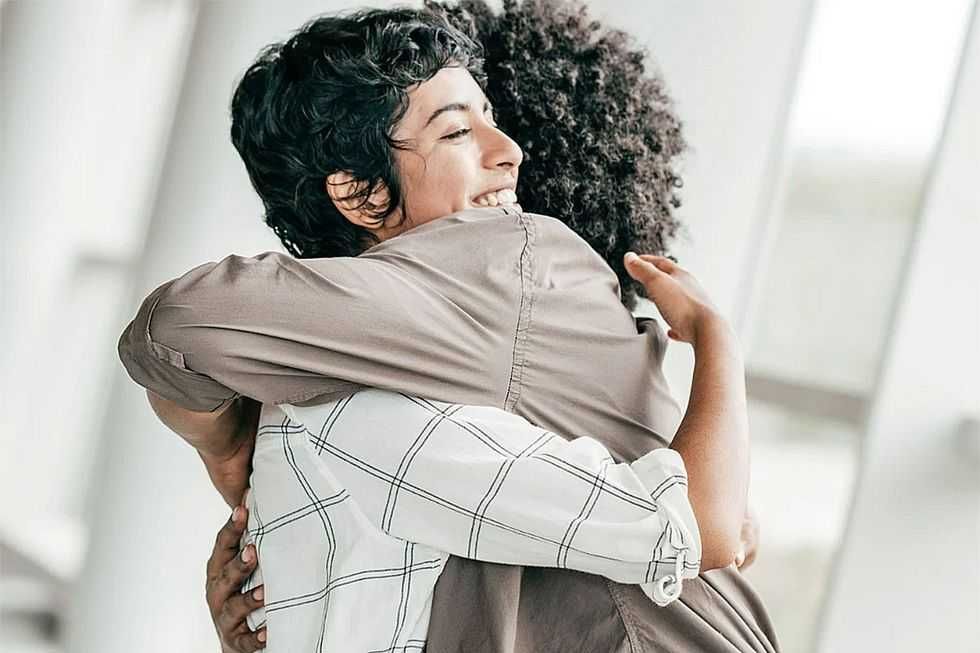 Two women embrace in a hugCanva
Two women embrace in a hugCanva 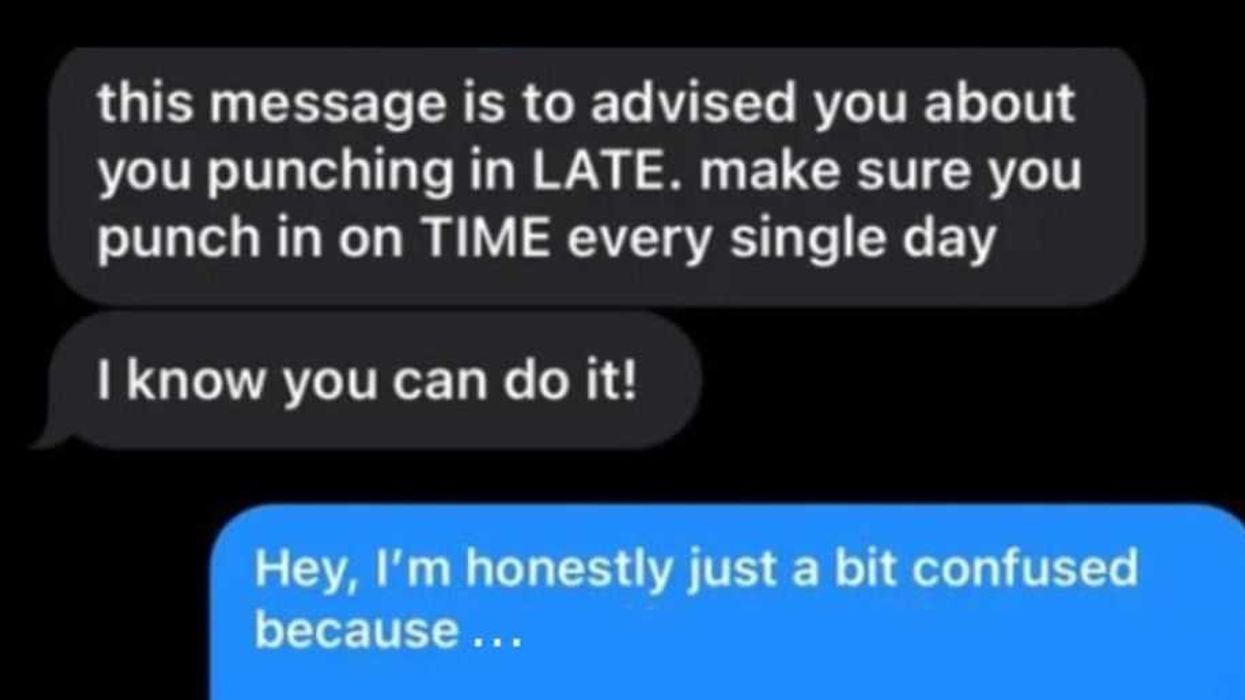
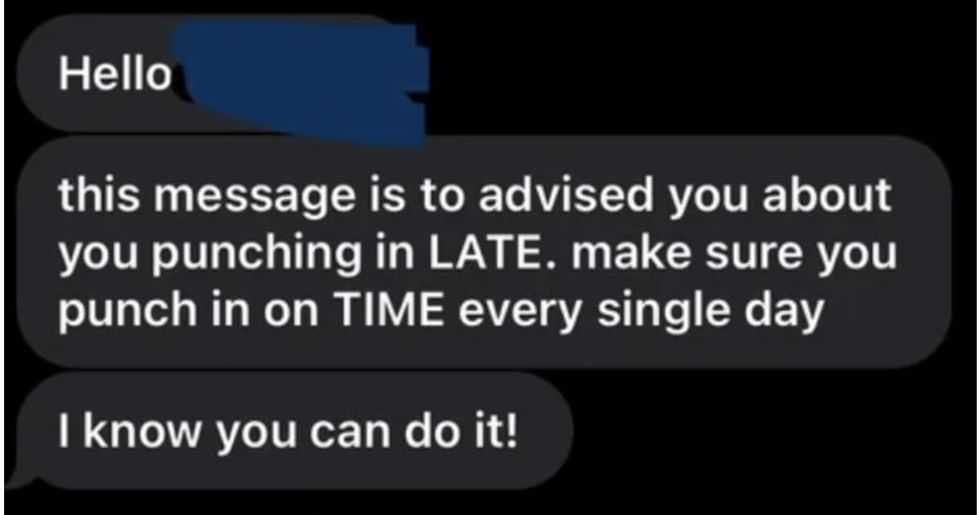 A reddit commentReddit |
A reddit commentReddit | 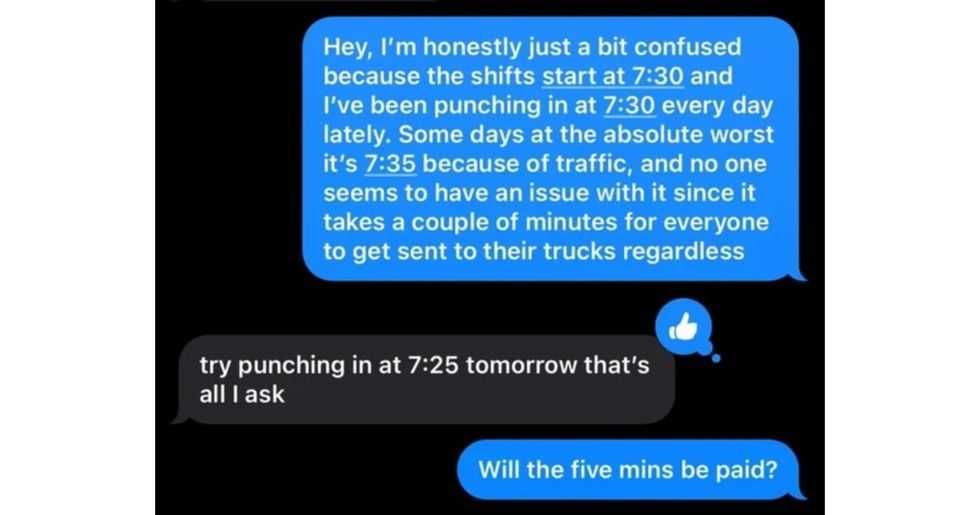 A Reddit commentReddit |
A Reddit commentReddit |  A Reddit commentReddit |
A Reddit commentReddit |  Stressed-out employee stares at their computerCanva
Stressed-out employee stares at their computerCanva
 Who knows what adventures the bottle had before being discovered.
Who knows what adventures the bottle had before being discovered. 
 Gif of young girl looking at someone suspiciously via
Gif of young girl looking at someone suspiciously via 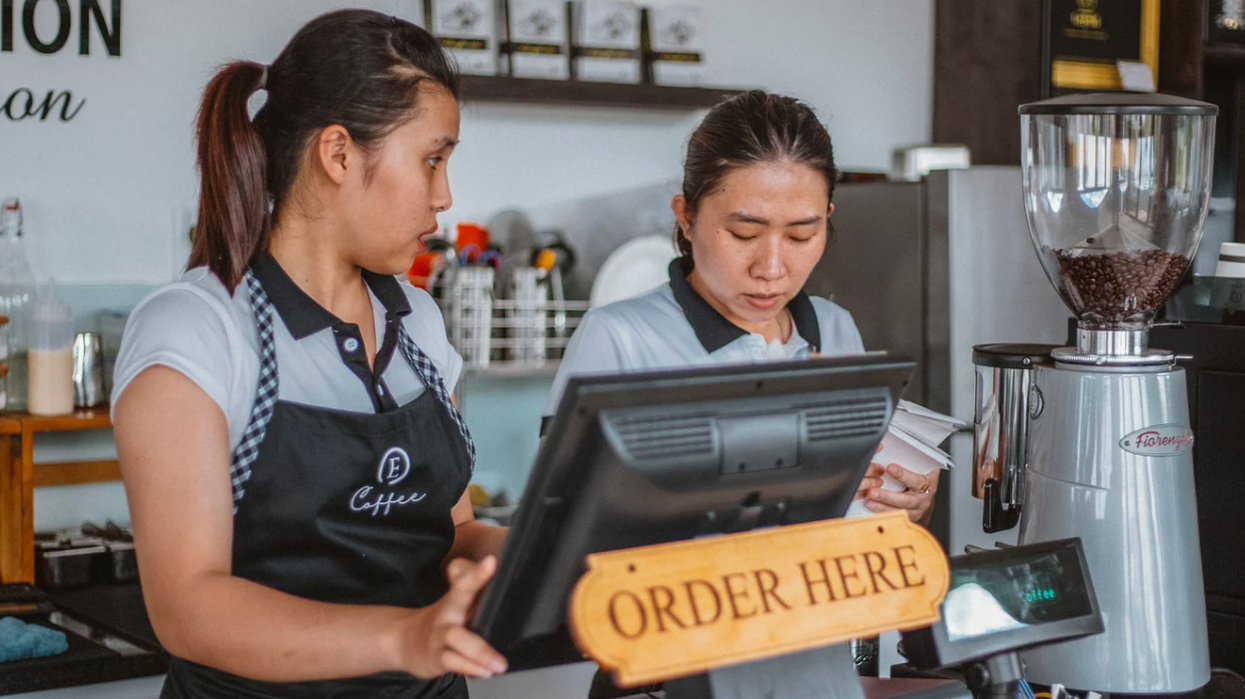
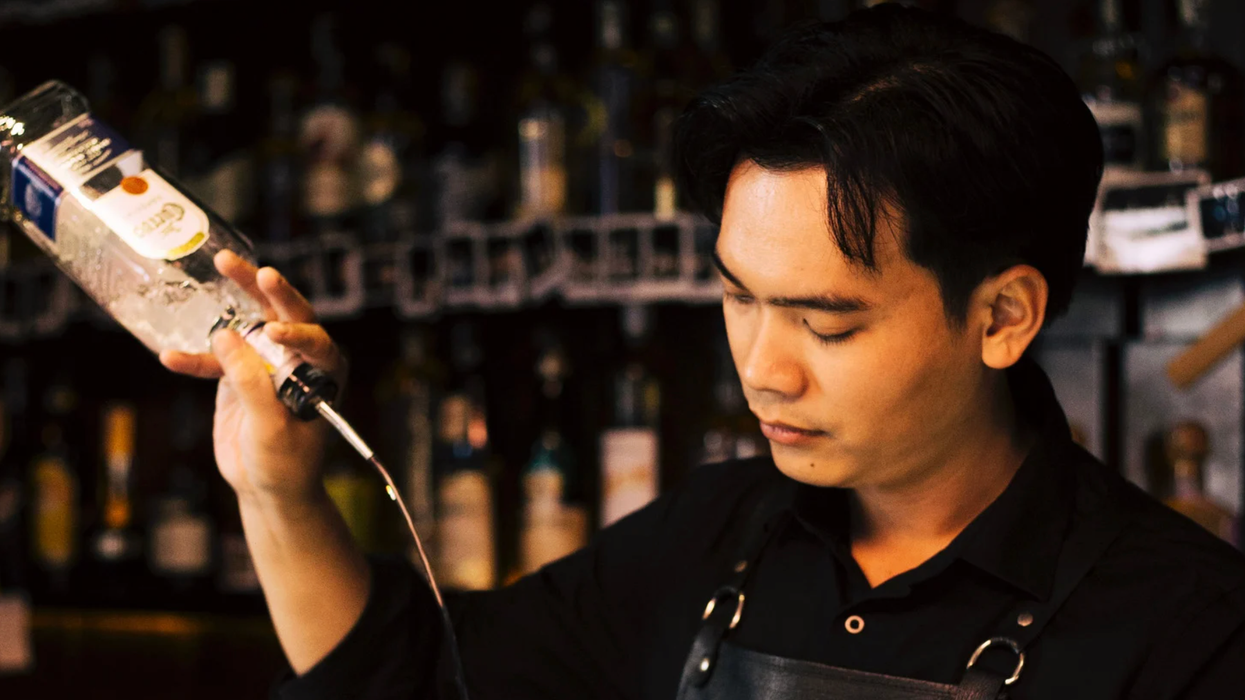
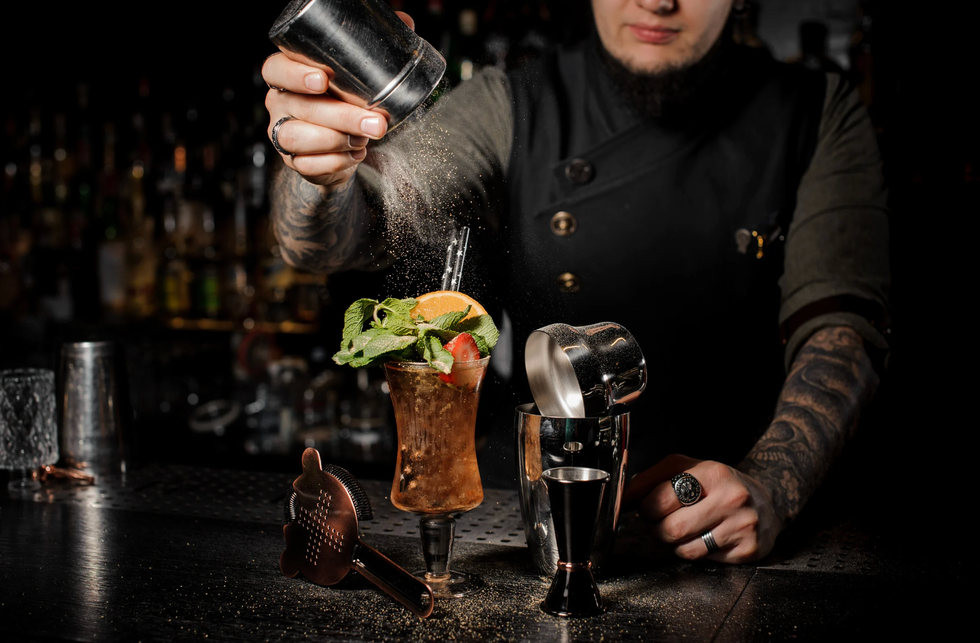 A bartender makes a drinkCanva
A bartender makes a drinkCanva